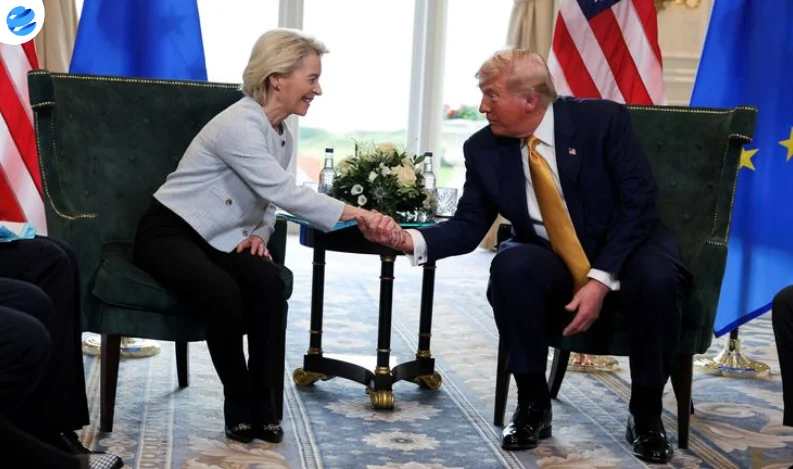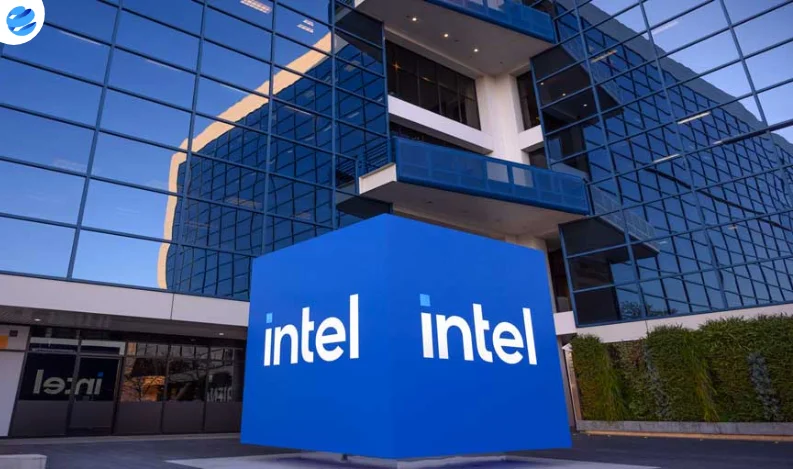Turnberry, Scotland — President Donald Trump announced Sunday that the U.S. has finalized a sweeping trade agreement with the European Union, imposing a 15% tariff on most European goods, including vehicles, and averting a potential transatlantic trade war.
Standing alongside European Commission President Ursula von der Leyen, Trump called the agreement “the biggest of all the deals,” while von der Leyen praised the outcome after what she described as “tough negotiations.”
The deal prevents the previously threatened 30% tariff rate and establishes 15% as the new baseline, although key sectors like aircraft parts, certain chemicals, and pharmaceuticals are exempt. The 15% rate will not stack on top of existing tariffs, according to von der Leyen.
In return, the EU pledged to purchase $750 billion in U.S. energy and committed to an additional $600 billion in investments into the U.S. economy. Trump also claimed the EU would buy “hundreds of billions” in American military equipment, though no specific figures were provided.
While the agreement brought relief in Brussels, some European leaders expressed concern over the increased costs. Irish Prime Minister Micheál Martin said the deal adds “predictability” but acknowledged trade will become “more expensive and more challenging.” German Chancellor Friedrich Merz welcomed the tariff cut, especially for the auto sector, while Dutch and Italian leaders described the deal as sustainable, though not ideal.
The negotiations had approached a critical deadline of August 1, with the EU ready to trigger retaliatory tariffs and activate its “Anti-Coercion Instrument” if talks failed. The final agreement now offers a reset in U.S.-EU economic relations, stabilizing a trading partnership valued at nearly $2 trillion in 2024.
However, questions remain around implementation timelines and whether the deal includes any informal concessions. Despite those uncertainties, both sides have publicly signaled a new era of transatlantic cooperation.























